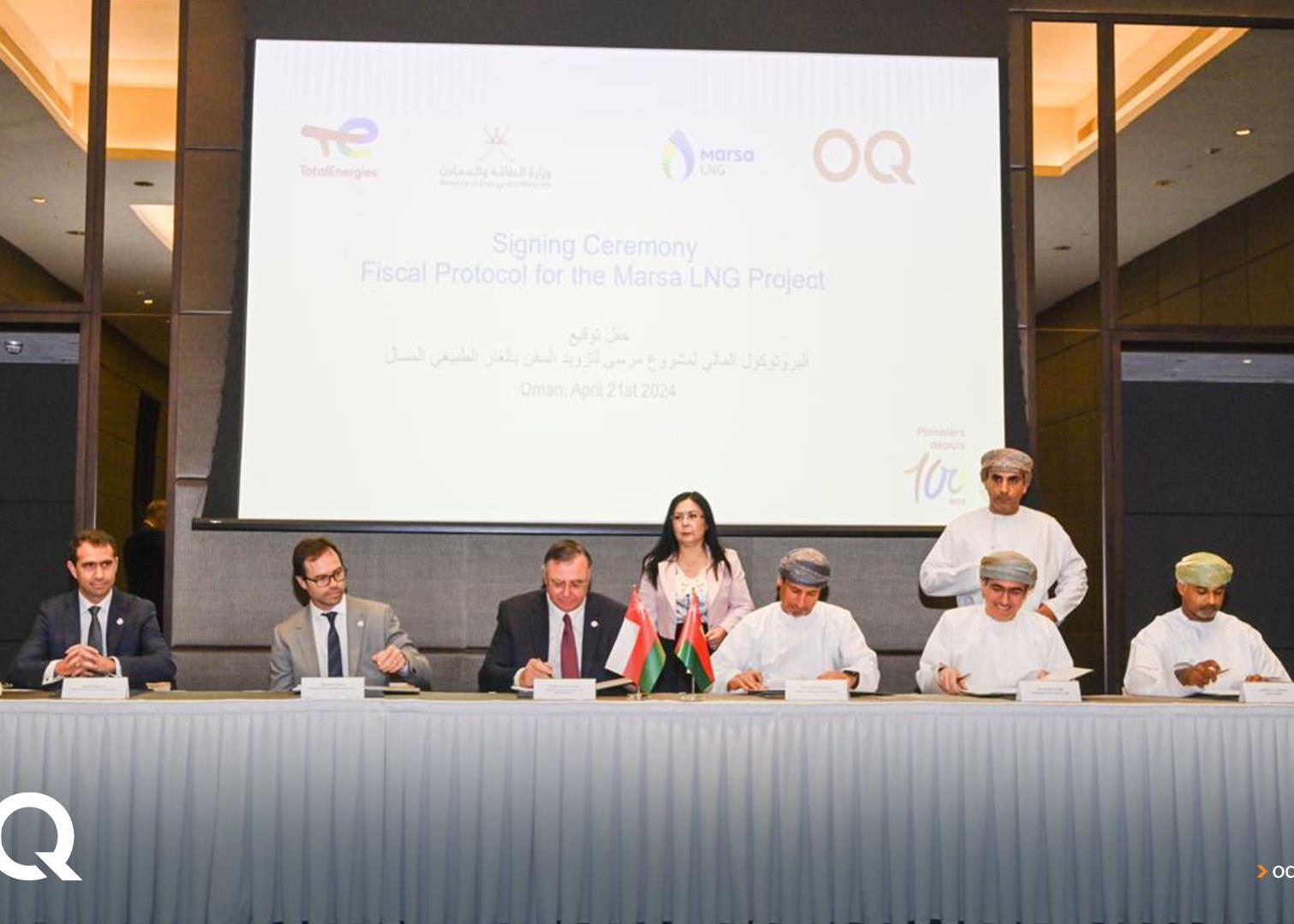
Saudi Arabia announced plans to move towards oil-fired capacity, but there are many exceptions
While Saudi Arabia leads the world in oil production, the same is not true for the production of gas. According to UK petroleum giant BP, the kingdom has about 8 trillion cubic metres in natural gas reserves equating to just 4.3 per cent of total world reserves.
Gas production almost exactly matches gas consumption in Saudi Arabia. As a result of this, Saudi Arabia planned to increase its oil-fired electricity generation capacity. In 2006, Saudi Arabia announced that all future coastal power plants would use oil as fuel in a bid to free up the country’s gas reserves for export.
In spite of this decision, 52 per cent of Saudi Arabia’s electricity is still generated from natural gas. Heavy fuel oil accounts for 13 per cent, crude represents 16 per cent, diesel accounts for 2 per cent and the remainder from other fuels.
This is not to say that Saudi Arabia is not following through with its policy. There is a necessary lag between policy change and commissioned power capacity. Two new power projects at Yanbu will use heavy fuel oil. A new power project at Rabigh, which is currently in tendering, will also use oil. Saudi Electricity Company’s next power project to be tendered will be an oil-fired power plant at Shuqaiq. Saudi Aramco is planning an oil-fired facility at Jizan to complement its industrial activities.
There are many instances of deviation from the policy. The Ras al-Zour power project was one such departure. Because the project was formed from the plans of two existing projects (one gas-fired and one oil-fired) it was finally tendered as a natural gas-fired facility and the contract to build the facility was awarded in November 2010.
Saudi Arabia’s commitment to the oil-fired policy has also been called into question by the Qurayyah independent power project (IPP) and PP12 (power plant 12). Both projects will be gas-fired. Nevertheless, there is a drive towards extracting as much power from the gas as possible through the use of combined-cycle technology. A contract to convert PP10 to combined-cycle technology was awarded in 2010.
Even if Saudi Arabia moves decisively towards oil-fired capacity, it will still face problems. Burning oil is damaging to the environment and still uses up Saudi Arabia’s natural resources. Saudi Arabia’s electricity needs are expected to rise steeply from less than 50GW currently to more than 70GW by 2020. By 2032, demand is forecasted to hit 120GW. Saudi Arabia clearly needs to continue to develop new capacity.
The kingdom has unveiled plans to introduce nuclear power to its energy mix. This would alleviate some of the pressure on its natural resources, but will take many years to develop – and there are plenty of potential pitfalls ahead. In the meantime, the country will continue to grapple with its fuel dilemma.
You might also like...

Contractors win Oman Etihad Rail packages
23 April 2024

Saudi market returns to growth
23 April 2024

Middle East contract awards: March 2024
23 April 2024

Swiss developer appoints Helvetia residences contractor
23 April 2024
A MEED Subscription...
Subscribe or upgrade your current MEED.com package to support your strategic planning with the MENA region’s best source of business information. Proceed to our online shop below to find out more about the features in each package.






